Woodlawn Manor Cultural Park
Introduction
Text-to-speech Audio
Images
Woodlawn Manor (image from Montgomery Parks)
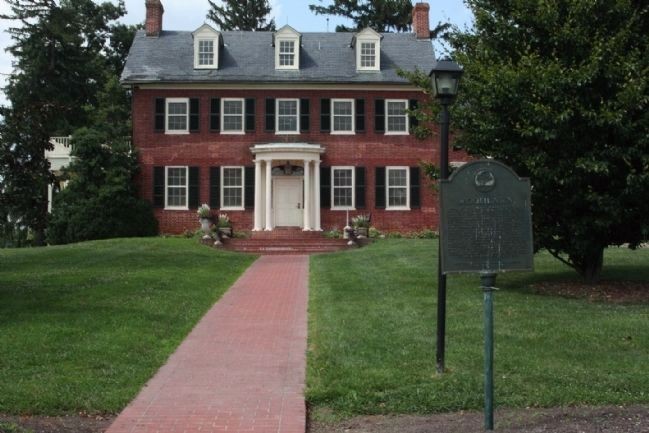
Woodlawn Historic Marker (image from Historic Markers Database)
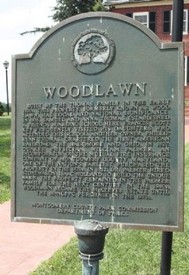
Woodlawn Manor circa 1880 (image from Montgomery Parks)
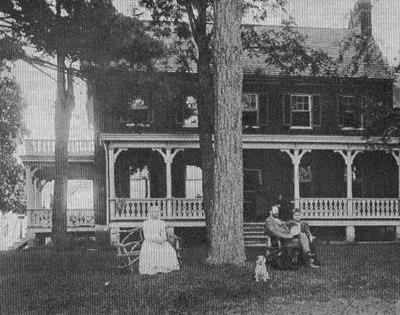
Woodlawn Manor's stone barn (image from Historic Markers Database)
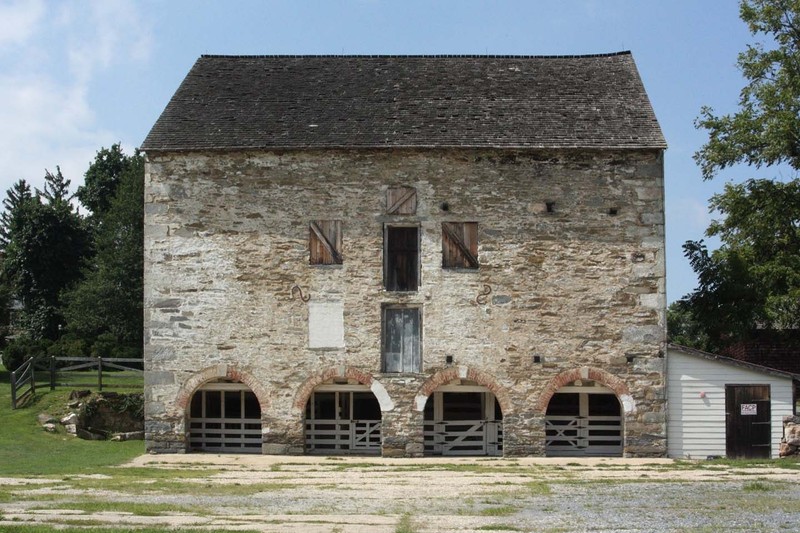
Woodlawn's slave quarters (image from Historic Markers Database)
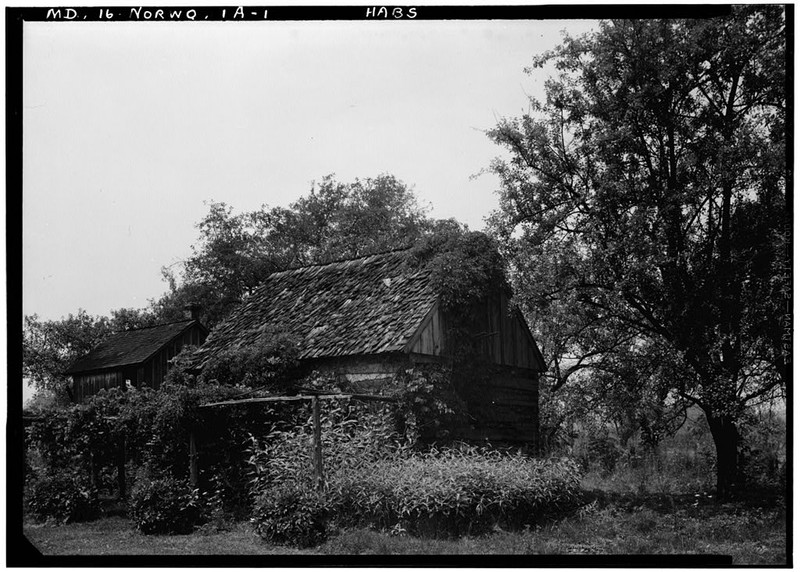
Backstory and Context
Text-to-speech Audio
The Underground Railroad Experience Trail
Woodlawn Manor Cultural Park's Underground Railroad Experience Trail is part of the National Park Service's Undgeround Railroad Network to Freedom Program, which seeks "to coordinate preservation and education efforts nationwide and integrate local historical places, museums, and interpretive programs associated with the Underground Railroad into a mosaic of community, regional, and national stories," [4]. Many residents of Montgomery County and Sandy Springs participated in actively helping freedom-seeking "runaway" slaves. The Religious Society of Friends (Quakers) and free African Americans had a strong presence in eighteenth-century Sandy Springs, and worked together to organize the assistance of freedom-seekers.
The hike is a simulated experience of the Underground Railroad, "that will showcase the techniques enslaved freedom seekers used and the hardships they faced on the road to freedom," [3] through a forested trail. The guided hikes last around two and a half hours, led by volunteer "conductors" from the park's visitor center to Sandy Spring and back. Interpretive signage is available for self-tours, as well as a downloadable trail map on the park's website.
History of Woodlawn ManorThe manor house was built between 1800 and 1815, either by Richard Thomas or his son Samuel Thomas, Jr. Several other brick houses in the Sandy Spring area were also constructed by the Thomas family. Samuel and Anna Thomas opened a Quaker boarding school in 1816, operating from the manor house.
In 1825, the estate was purchased by Dr. William Palmer, who founded the Montgomery Mutual Fire Insurance Company. Palmer was a physician and farmer from Pennsylvania, and planted wheat, oats, and Indian corn on the property. He and his fellow Quakers at Sandy Springs were involved with the Montgomery County Agricultural Society and promoted scientific farming techniques. Unlike the Sandy Springs Quakers, however, Palmer's fields were worked by slaves; slave-owning been forbidden among Maryland Quakers since 1777. Palmer commissioned his neighbor, stonemason Isaac Holland, to construct a stone-arch bank barn in 1832. The fieldstone barn is now the only standing example of its kind. Strangely, though Palmer himself owned slaves, the barn is thought to have been a stop on the Underground Railroad. Palmer also built an addition to the house (a kitchen wing), and many of the outbuildings may have been added during his possession of the property: a stone dairy/smokehouse, a springhouse, a log cabin (possibly a slave quarters), a carriage house, and a board-and-batten tenant house. Palmer's second marriage to a non-Quaker, Episcopalian Cleorah Duvall, resulted in his disownment by the Sandy Springs Meeting House, although his ownership of slaves may also have been a factor in his dismissal.
William Palmer's son, Benjamin, inherited the estate in 1869, adding the northwest wing and several porches in the 1880s. In 1919, his widow sold the property, and in 1977 the property was acquired from the McKeever family for conversion into a cultural park. Its grounds include the manor house and associated outbuildings, a general store, a one-room school, a gazebo garden, meadow and woodland trails, "champion" trees, ponds, and streams.
Historic marker inscription:WOODLAWN
Built by the Thomas Family in the early 1800s, this property, formerly known as Woodlawn, has national significance. In 1816, Samuel and Anna Thomas established a Friends Boarding School here. Francis Scott Key frequently visited his daughters who attended this school. Another owner, Phillip Evan Thomas, chartered the first American railroad, the Baltimore and Ohio, in 1827. Quaker physician, William Palmer, an incorporator of the Mutual Fire Insurance Company of Montgomery County, Maryland, one of the nation's earliest, purchased the property in the 1820s. In 1832, Dr. Palmer hired stonemason Isaac Holland to build the unique barn. The property remained in the Palmer family for the next century. In the 1940s, Woodlawn became the McKeever Estate until the M-NCPPC purchase in the 1970s.
Montgomery County Park Commission Department of Parks
